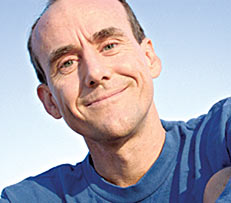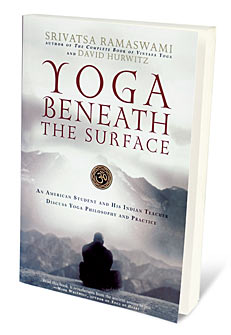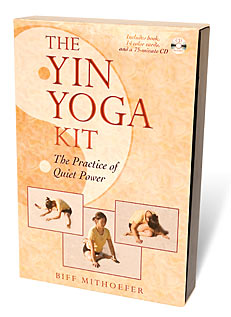AS PUBLISHED IN TIMEOUT NEW YORK
Calibrate yourself with the universe at the Path of Yoga conference.
In India, millions gather at kumbha melas, or spiritual festivals, to cleanse body and spirit in sacred rivers like the Ganges. The Omega Institute, the upstate center for holistic studies, will host its own form of kumbha mela in Manhattan September 15–18 with the seventh annual Path of Yoga conference. This year’s pose-a-thon, which alternates each year between New York and Miami, welcomes 28 established instructors—some of them full-blown yogic celebrities—who’ll lead more than 85 workshops. We checked in with a few standouts, each of whom has several sessions; here’s what to expect.
Sheraton New York, 811 Seventh Ave at 53rd St (800-944-1001, eomega.org). $445, individual workshop price TBD. Pre- and postconference intensives $125, non–conference attendees $175.
Amy Weintraub
“We’ll be using techniques to create self-acceptance and compassion. Every time you roll out your mat you’re creating sacred space—accepting where you are first, then moving towards where you want to be.”
Author of Yoga for Depression, Amy Weintraub has learned to use the yogic techniques, including pranayama, or breath control, to balance moods and emotions.
David Swenson
“The most important thing is to practice in a way that you enjoy so that you’ll want to do it again the next day. It’s just a matter of practice. That’s all [my guru] Pattabi Jois has ever said.”
Master teacher David Swenson has practiced ashtanga since 1969. His workshops will expand students’ understanding of vinyasa and hands-on adjustments in this physically demanding practice.
Shiva Rea
“My classes are about awakening the sahaja or spontaneous flow of yoga. The way Americans interpret yoga can be quite rigid; I help people connect to the inherent freedom of their fluid body.”
California yogini Shiva Rea wants her students to experience yoga not just as physical practice but also as an embodiment of the life force flowing within us.
John Friend
“Yoga promises the experience of the very essence of life. It inspires you to be a full citizen and to add to the artistry and goodness of the world.”
John Friend’s internationally popular style, anusara, emphasizes alignment, joy, and community in practice. Friend is a busy bee at this conference: He’s giving six workshops, including Rock with Shakti, and Align with the Divine, in addition to the keynote address.









